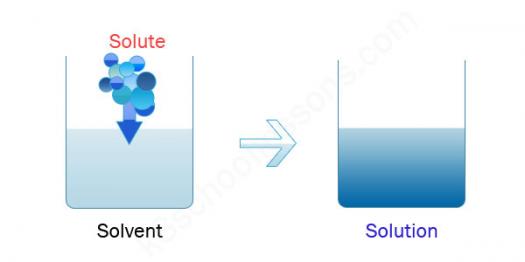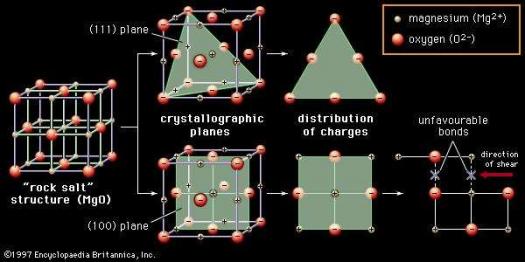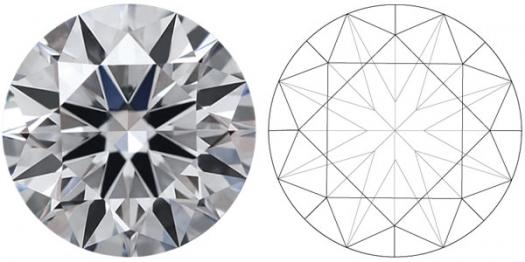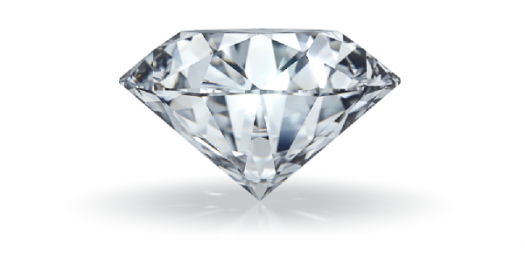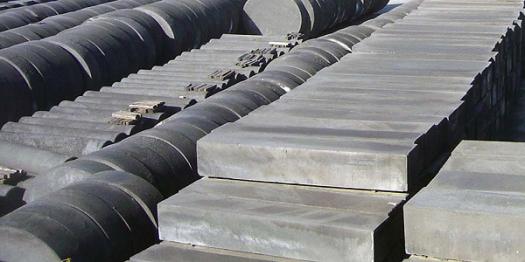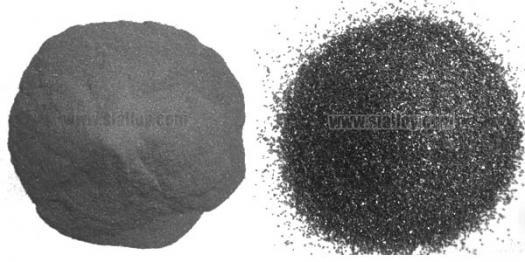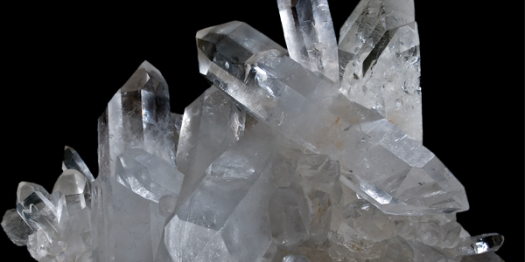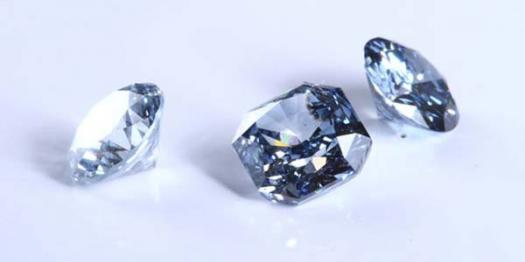Do You Know Covalent Crystal?

In covalent bond electron pairs are shared between atoms and in a Covalent crystal, atoms are connected with covalent bonds. How much do you know about this topic? Take this test and find out!
- 1.
Usually Covalent crystals have how many dimensions?
- A.
None
- B.
One dimension
- C.
Two dimensions
- D.
Three dimensions
Correct Answer
D. Three dimensionsExplanation
Covalent crystals typically have three dimensions. Covalent bonds are formed when atoms share electrons, resulting in a strong and stable crystal lattice structure. This three-dimensional arrangement allows for the formation of a solid crystal with a definite shape and volume. Each atom is connected to its neighboring atoms in all three dimensions, creating a network of bonds throughout the crystal. This arrangement gives covalent crystals their unique properties, such as high melting points and hardness.Rate this question:
-
- 2.
In what are Covalent crystalline solids soluble?
- A.
Polar solvents
- B.
Water
- C.
Non polar solvents
- D.
Normal saline
Correct Answer
C. Non polar solventsExplanation
Covalent crystalline solids are composed of molecules held together by covalent bonds. These solids have a strong attraction between the molecules, making them insoluble in polar solvents like water. However, they can dissolve in non polar solvents, which have weaker intermolecular forces. Non polar solvents do not have a positive and negative end, so they cannot break the strong covalent bonds in the crystalline solids. Therefore, the correct answer is non polar solvents.Rate this question:
-
- 3.
What is like the structure of covalent compounds?
- A.
Closed
- B.
Open
- C.
Compact
- D.
Box like
Correct Answer
B. OpenExplanation
The correct answer is "Open" because covalent compounds are formed by the sharing of electrons between atoms. This sharing of electrons allows the atoms to form a network or a chain-like structure, rather than a compact or box-like structure. Therefore, the structure of covalent compounds is considered to be open.Rate this question:
-
- 4.
Which is one of non polar solvents?
- A.
Benzene
- B.
Potassium chromate
- C.
Normal saline
- D.
Water
Correct Answer
A. BenzeneExplanation
Benzene is a non polar solvent because it consists of only carbon and hydrogen atoms, which have similar electronegativities. This results in a symmetrical distribution of charge, making benzene non polar. In contrast, potassium chromate and normal saline are ionic compounds, which dissolve in water, a polar solvent. Therefore, water is a polar solvent.Rate this question:
-
- 5.
Which is the hardest Covalent Crystal?
- A.
Diamond
- B.
Graphite
- C.
Silicon carbide
- D.
Quartz
Correct Answer
A. DiamondExplanation
Diamond is the hardest covalent crystal because of its strong covalent bonds between carbon atoms, which form a rigid three-dimensional structure. This structure makes diamond extremely resistant to scratching and gives it its renowned hardness. Graphite, on the other hand, has a layered structure held together by weak van der Waals forces, making it softer than diamond. Silicon carbide and quartz also have covalent bonds but are not as hard as diamond due to differences in their crystal structures.Rate this question:
-
- 6.
How are Covalent crystals also called?
- A.
Rock solids
- B.
Network solids
- C.
Hard solids
- D.
Beautiful solids
Correct Answer
B. Network solidsExplanation
Covalent crystals are also called network solids because they are composed of a three-dimensional network of covalent bonds. In these crystals, each atom is covalently bonded to its neighboring atoms, forming a continuous network throughout the crystal structure. This results in a strong and rigid structure, giving covalent crystals their characteristic hardness and high melting points. The term "network solids" accurately describes the interconnected nature of the covalent bonds in these crystals.Rate this question:
-
- 7.
What is the stable phase of crystalline carbon under normal conditions (pressure, temperature)?
- A.
Quartz
- B.
Diamond
- C.
Graphite
- D.
Bucky Balls
Correct Answer
C. GraphiteExplanation
Graphite is the stable phase of crystalline carbon under normal conditions of pressure and temperature. This is because graphite has a layered structure in which carbon atoms are arranged in sheets of hexagonal rings. These layers are held together by weak van der Waals forces, allowing them to easily slide past each other. This makes graphite a soft and slippery material. In contrast, diamond has a three-dimensional network of carbon atoms, making it extremely hard and stable. Quartz and Bucky Balls are not forms of carbon, and therefore, not the stable phase of crystalline carbon.Rate this question:
-
- 8.
What is the melting point of silicon carbide?
- A.
1790 °C
- B.
2060 °C
- C.
2340 °C
- D.
2,730 °C
Correct Answer
D. 2,730 °CExplanation
Silicon carbide has a very high melting point compared to other materials. The correct answer of 2,730 °C indicates that this is the temperature at which silicon carbide transitions from a solid to a liquid state. This high melting point is due to the strong bonds between silicon and carbon atoms in the crystal lattice structure of silicon carbide, which require a significant amount of energy to break and allow the atoms to move freely.Rate this question:
-
- 9.
What is the melting point of quartz?
- A.
1713 °C
- B.
1765 °C
- C.
1840 °C
- D.
1936 °C
Correct Answer
A. 1713 °CExplanation
Quartz has a melting point of 1713 °C. This means that at temperatures below 1713 °C, quartz will remain solid, but once the temperature reaches or exceeds 1713 °C, quartz will begin to melt and transition into a liquid state.Rate this question:
-
- 10.
What is the melting point of diamond?
- A.
3220 °C
- B.
3550 °C
- C.
3660 °C
- D.
3770 °C
Correct Answer
B. 3550 °CExplanation
Diamond has a high melting point due to its strong covalent bonds. The correct answer of 3550 °C is within the typical range for the melting point of diamond. At this temperature, the strong bonds between carbon atoms in the diamond lattice break, allowing it to transition from a solid to a liquid state.Rate this question:
-
Quiz Review Timeline +
Our quizzes are rigorously reviewed, monitored and continuously updated by our expert board to maintain accuracy, relevance, and timeliness.
-
Current Version
-
Mar 20, 2023Quiz Edited by
ProProfs Editorial Team -
Mar 14, 2018Quiz Created by
Zlatan Aleksic
 Back to top
Back to top




